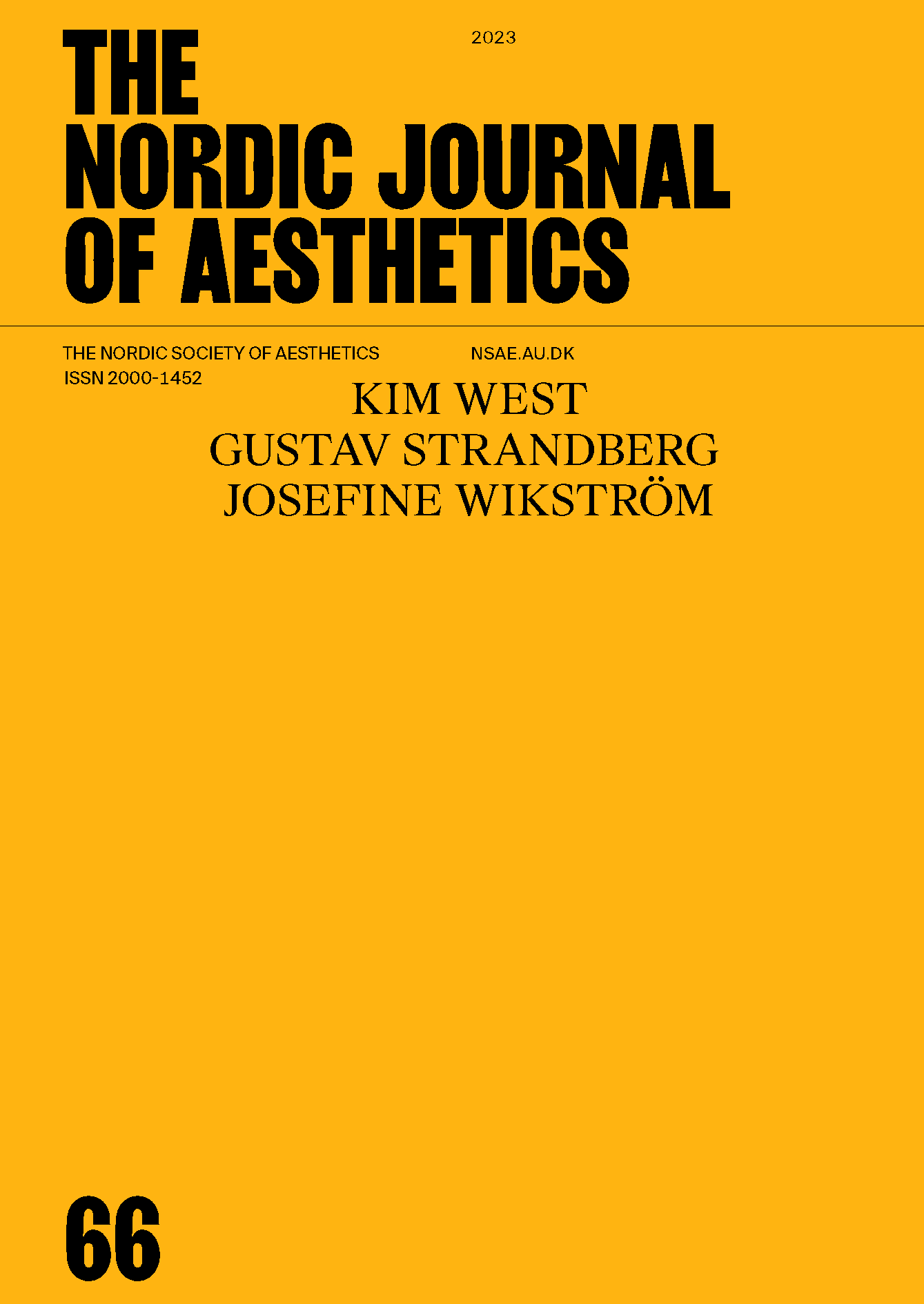The Paradigm of the Creative Industries: Cultural Policy in the Neoliberal Welfare State
DOI:
https://doi.org/10.7146/nja.v32i65-66.140119Keywords:
Swedish Cultural Policy, Creativity, Creative Industries, Autonomy, NeoliberalismAbstract
In this article, Strandberg analyses the development of Swedish cultural policy during the last decades. In contradistinction to the first policy proposition from 1974, which emphasised the importance of counteracting the negative impact of the market, the cultural policies that have been in place for the last twenty to thirty years consider the forces of the market to be conducive to the freedom of culture and the arts. This has entailed a paradigm shift in Swedish culture that has opened up the field of cultural policy for the so-called creative industries, equated culture with creativity, and collapsed the distinction between culture and creative forms of entrepreneurship. When analysing this, Strandberg relates the modern history of Swedish cultural policy to the wider international development that has given rise to the paradigm of the creative industries and discusses how the equation of culture with creativity has made the autonomy of culture and the arts more and more difficult to uphold.
Downloads
Published
How to Cite
Issue
Section
License
Copyright (c) 2023 Gustav Strandberg

This work is licensed under a Creative Commons Attribution 4.0 International License.
Authors who publish with this journal agree to the following terms:
- Authors retain copyright and grant the journal right of first publication with the work simultaneously licensed under a Creative Commons Attribution License that allows others to share the work with an acknowledgement of the work's authorship and initial publication in this journal.
- Authors are able to enter into separate, additional contractual arrangements for the non-exclusive distribution of the journal's published version of the work (e.g., post it to an institutional repository or publish it in a book), with an acknowledgement of its initial publication in this journal.
- Authors are permitted and encouraged to post their work online (e.g., in institutional repositories or on their website) prior to and during the submission process, as it can lead to productive exchanges, as well as earlier and greater citation of published work (See The Effect of Open Access).




